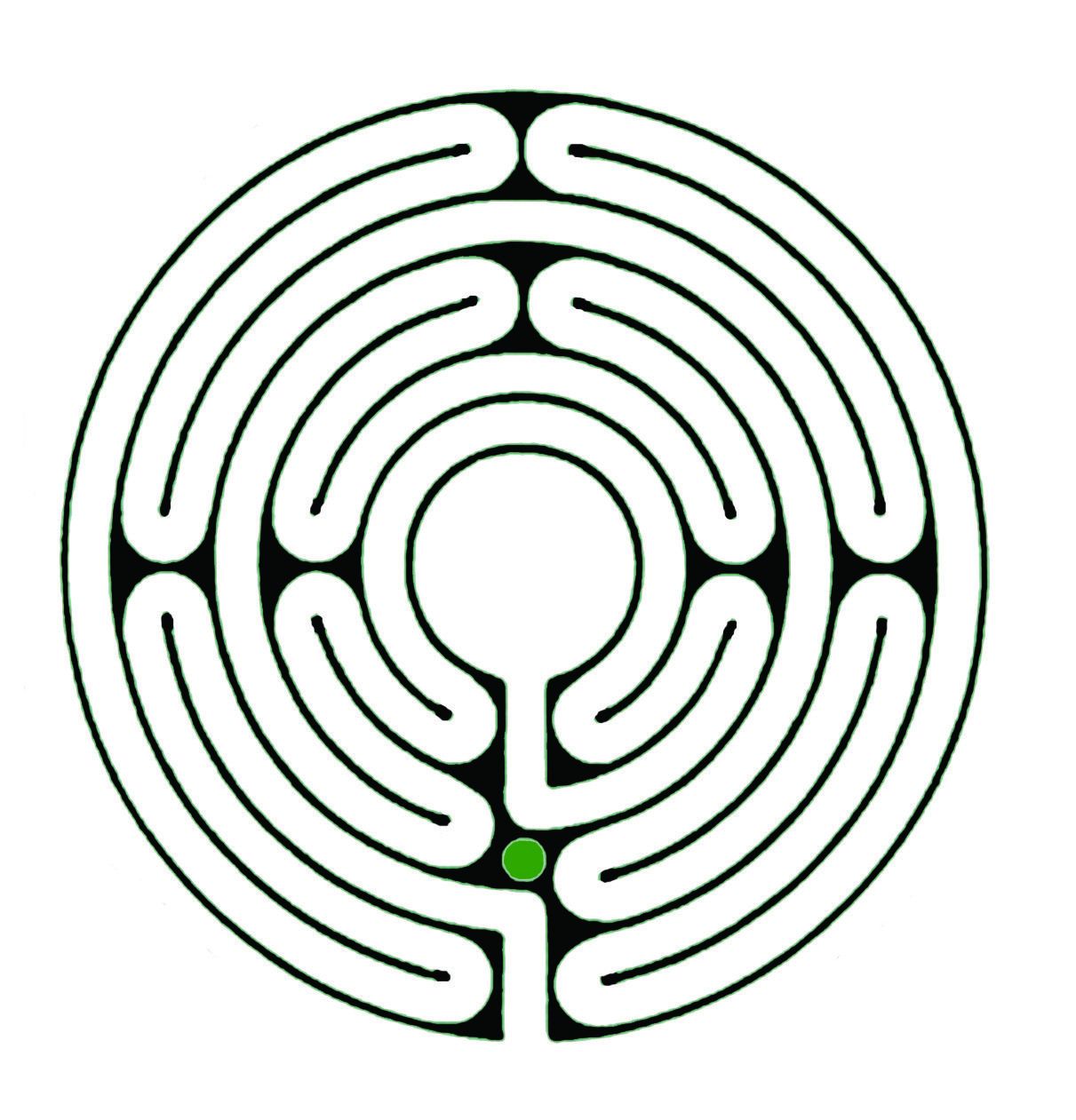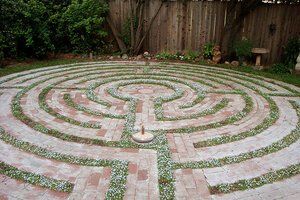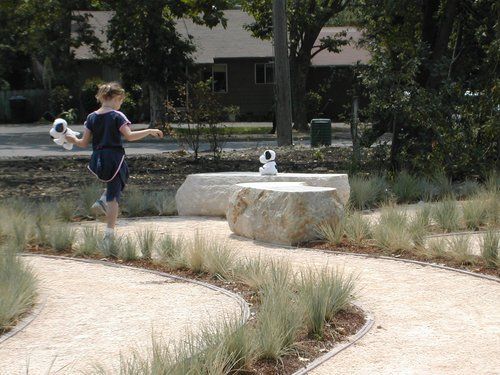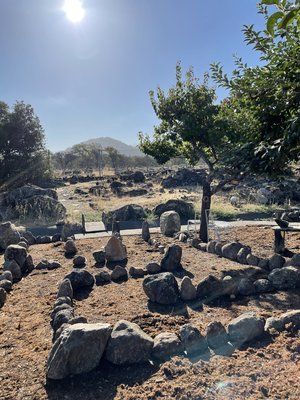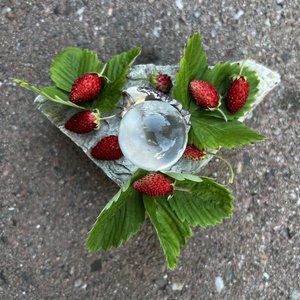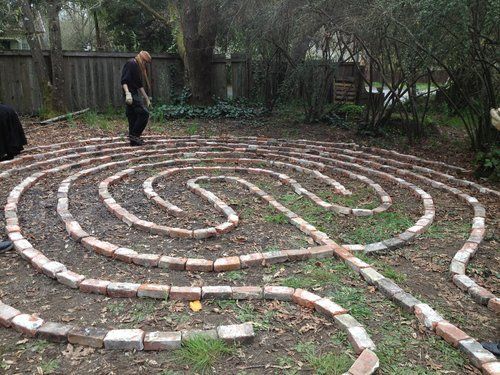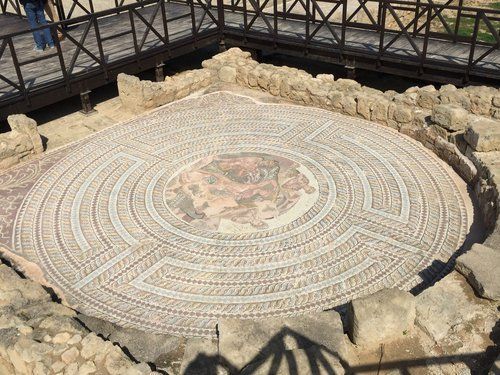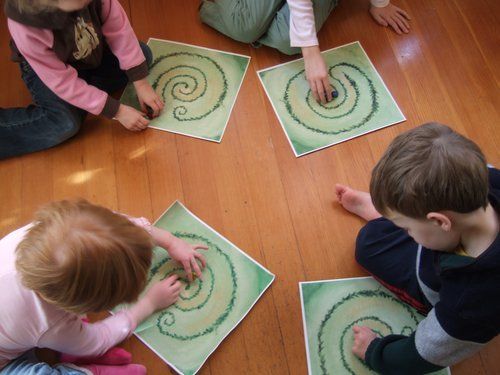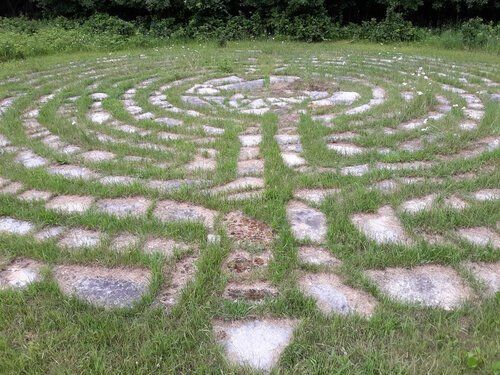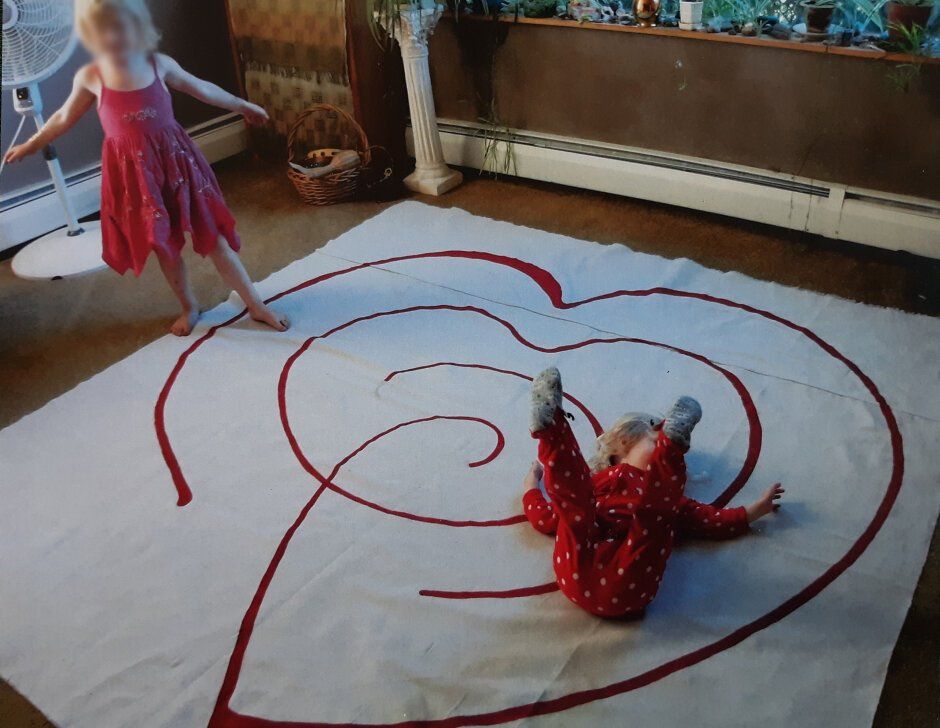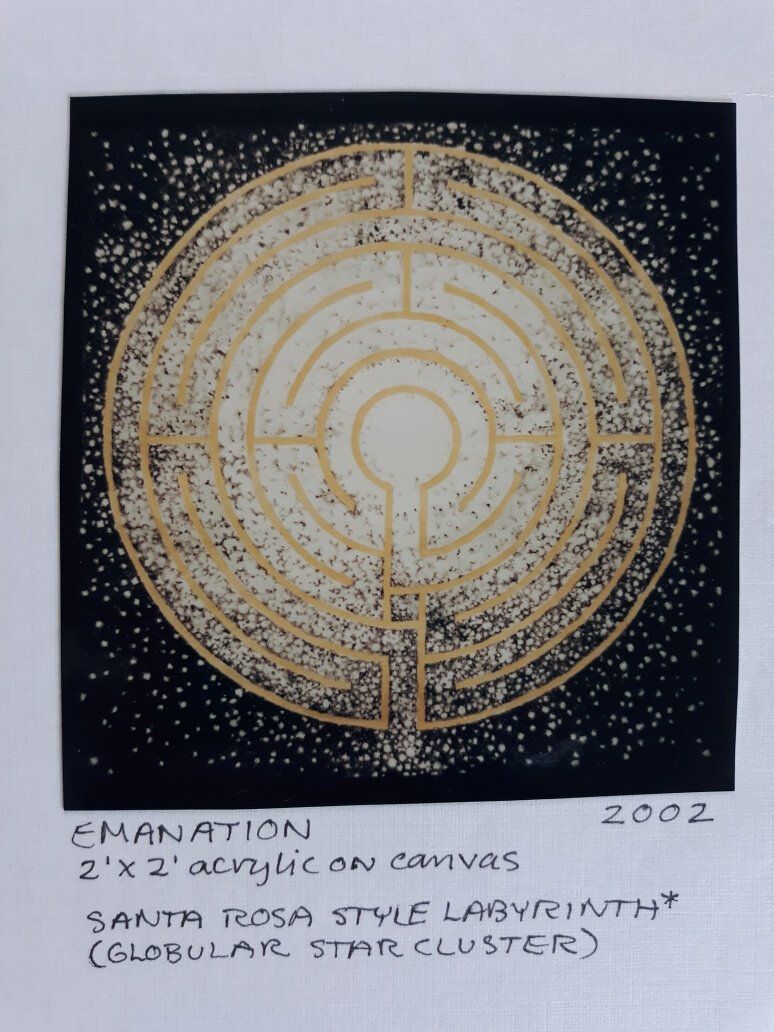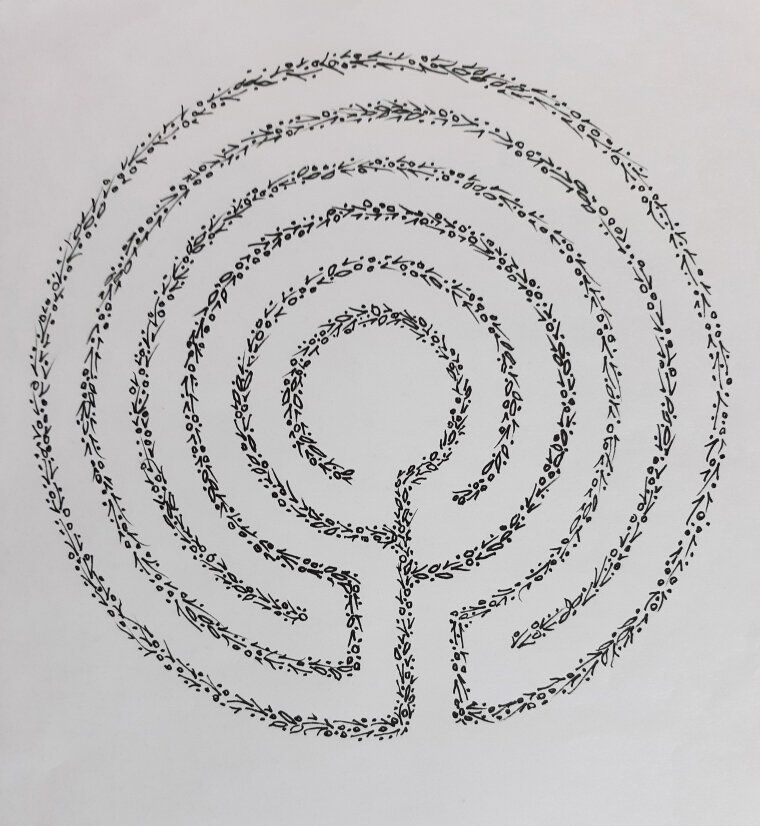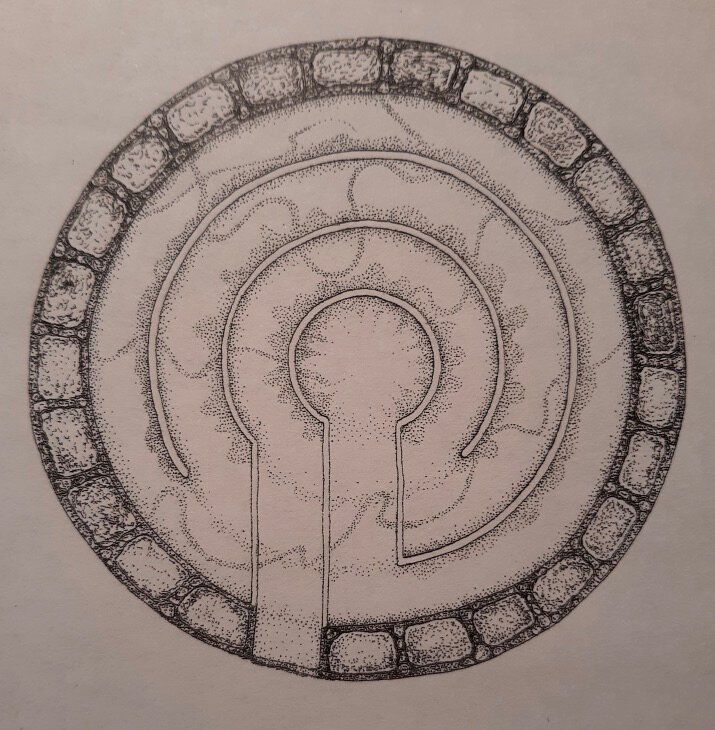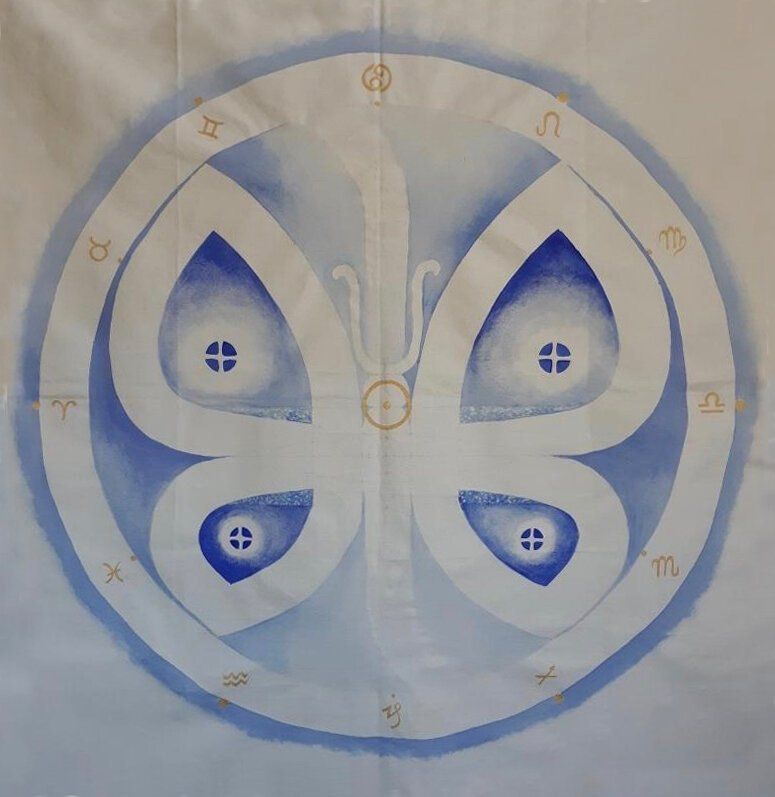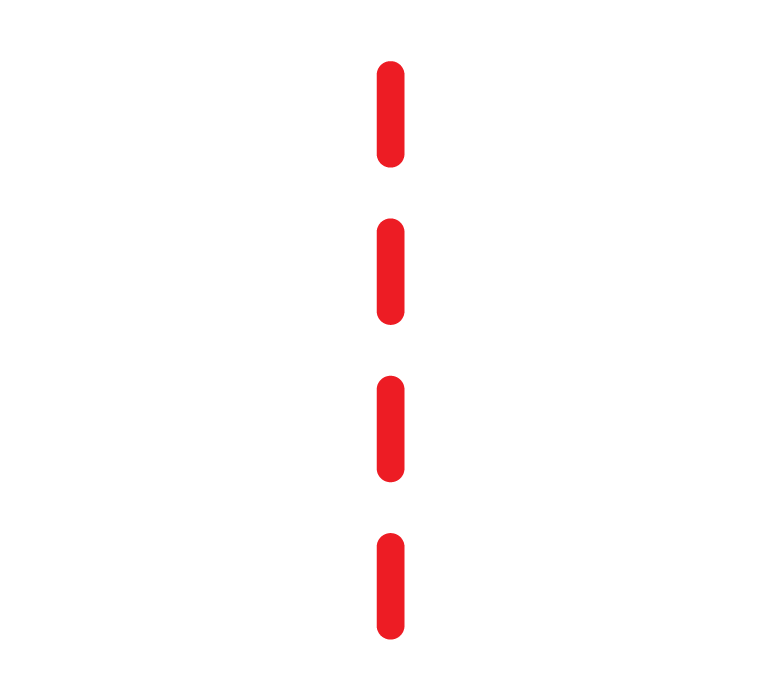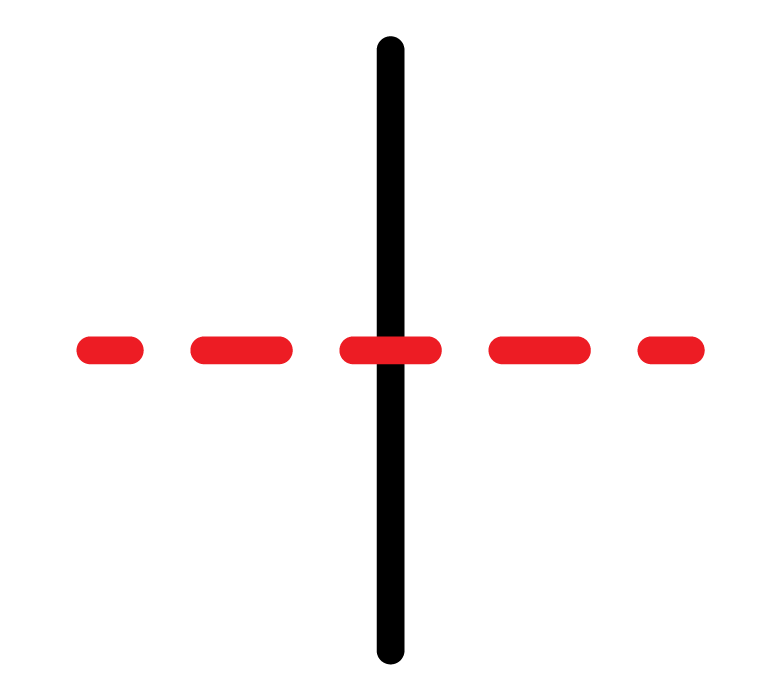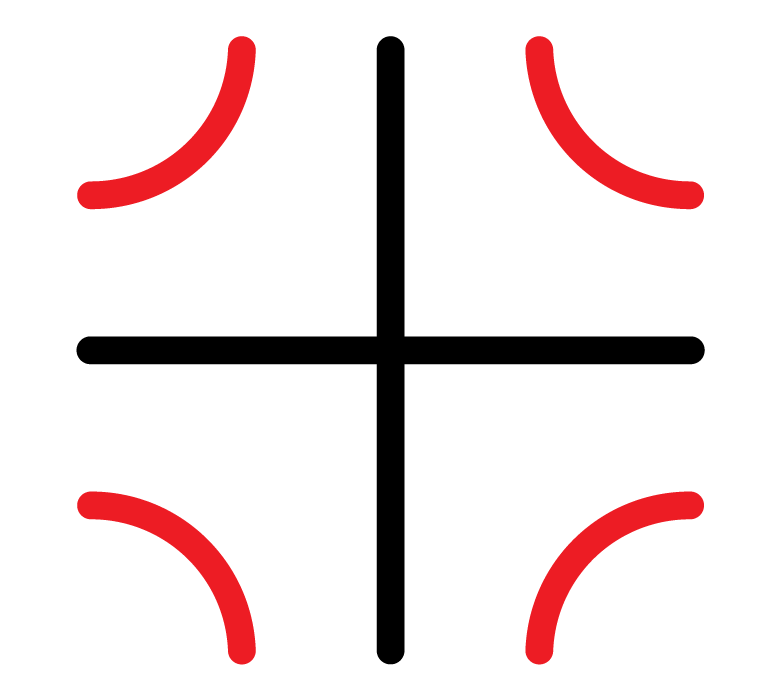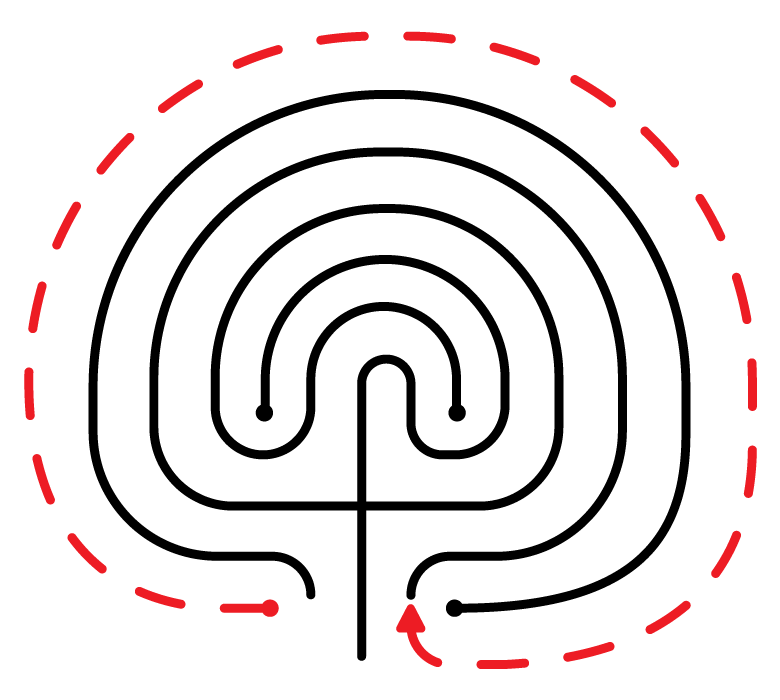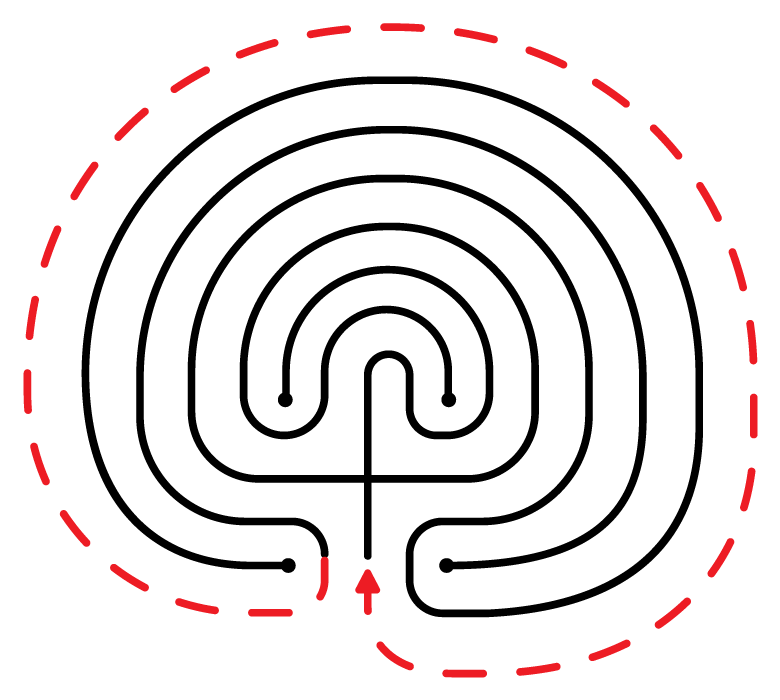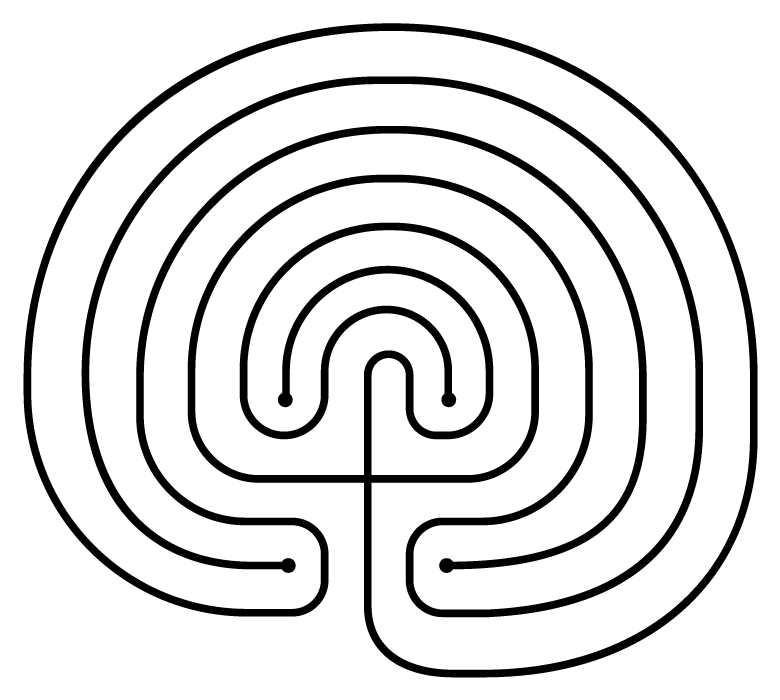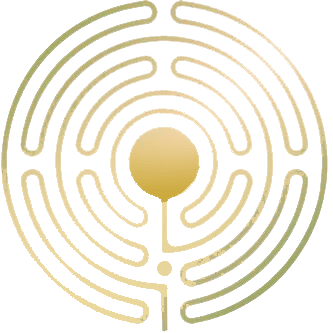ABOUT US

Creative Labyrinths features interactive artists whose work can be walked with eyes, hands, or feet. Collaborators Lea Goode-Harris and Marilyn Larson are based in Santa Rosa, CA and Minneapolis, MN. They began working together in 1997 on a labyrinth drawn in sand with toes and sticks by the ocean.
Individual designs often become collaborations through community involvement and installations. Their contemporary works include the Santa Rosa Labyrinth, Art Line Project, Labyrinths for Peace Project at the US Capital.
ABOUT LEA GOODE-HARRIS
Lea’s first step into a labyrinth forever changed the course of her life and sparked her curiosity. Following these threads of curiosity has led her around the world, meeting people and finding wonders she could have never imagined. Curiosity has led her to the depths of her own inner-explorations and the wonder and beauty of creating and walking labyrinths in every size and shape, simple to complex, and ethereal and in stone.
Lea says that walking the labyrinth has helped her to embrace change. Within its twists and turns, spirals and radiating rings, she has found the elegance of nature that now flows through her art and poetry making.
Lea hopes you will enjoy exploring Creative Labyrinths and further the discover of your own curiosity and the never-ending wonder of all things labyrinth.
Photo by Diana Rich at the Sebastopol Labyrinth of Life Teen Memorial re-installation September 2025
The Labyrinth
is a vibrant flowerbed of creation
and the perfect place to plant seeds for the future.
ABOUT MARILYN LARSON
Marilyn’s first vision of walk-able art came as a spiral mowed in a field of grass. Later she discovered labyrinths to be ancient symbols that lend themselves to contemporary interpretation as walk-able art. Their shapes and rhythms of movement are informed by patterns found in nature. Concentric circles and spirals dance through each other as the ever-turning single path provides a place to practice change.
Marylin says, that labyrinths evolved as ‘ears on the earth’… places to listen. Labyrinths create a space of symbolic containment that allows our inner and outer perceptions to come into alignment.
‘To come into alignment… is to dwell in peace.’
While Marilyn was walking a labyrinth pattern drawn in the sand at a California Pacific Coast beach, she was inspired to ‘document the dance.’ And she has been doing so ever since through her art, music, poetry and ceremony.
Marilyn is an artist with stories to tell.
Marilyn’s article on labyrinths and dowsing, Spiraling Into The Center can be found here:
ABOUT LABYRINTHS
What is a Labyrinth?
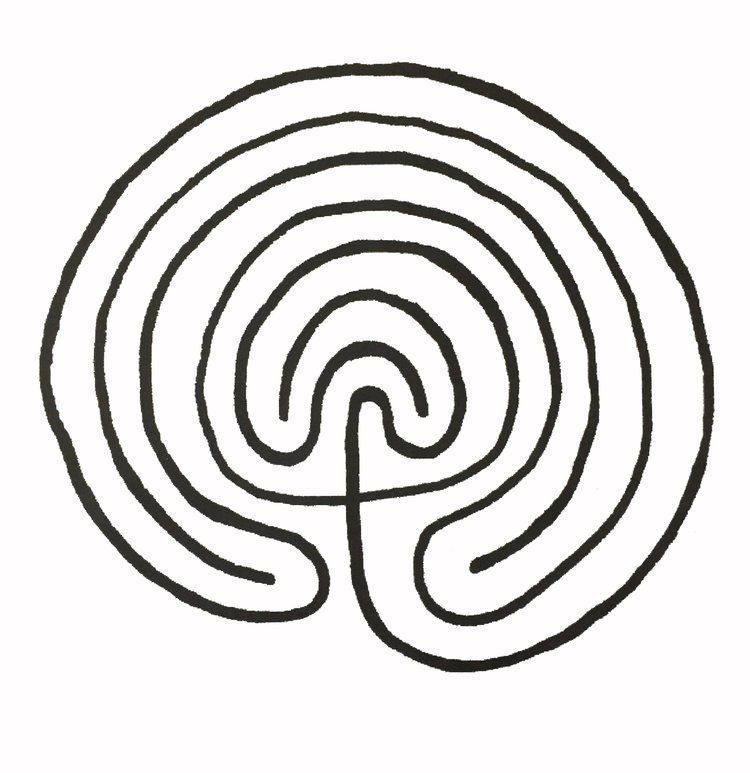
Classical Labyrinth
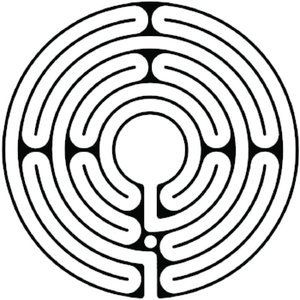
Santa Rosa Labyrinth
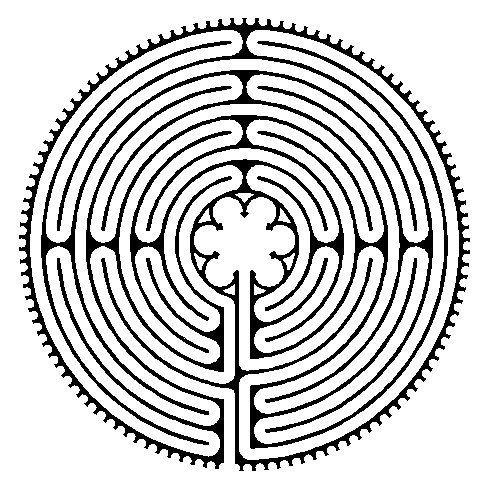
Chartres Labyrinth
What is the difference between a Labyrinth and a Maze?
